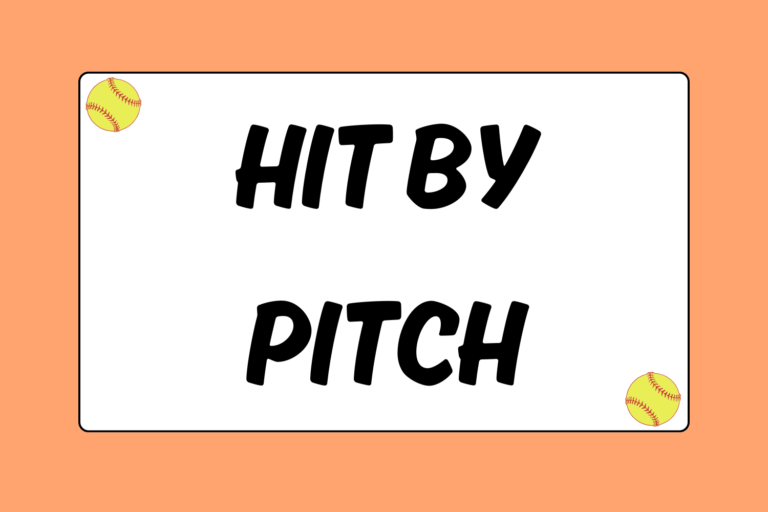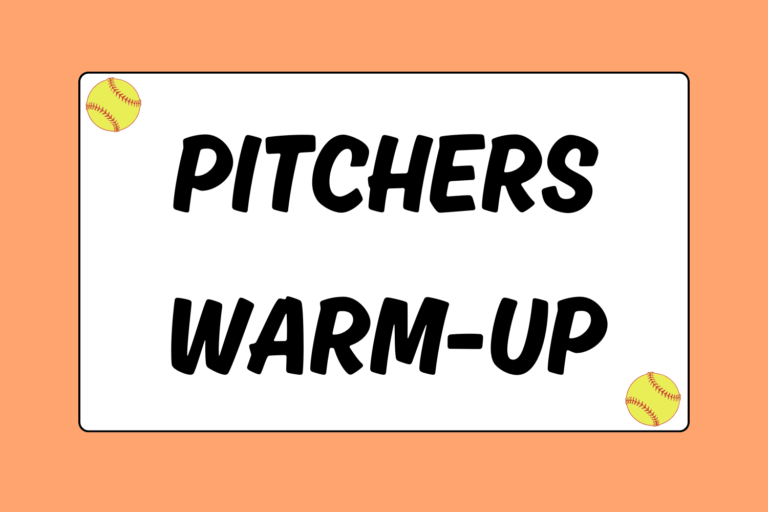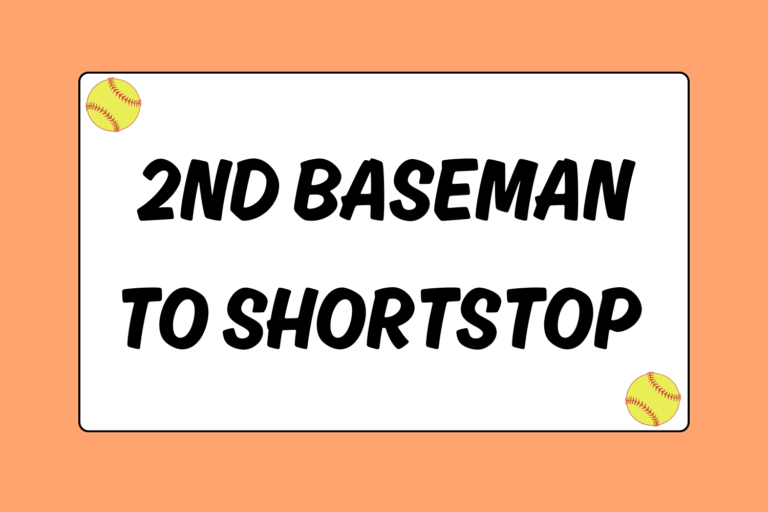You probably know that if you go 1-for-3 in a game, it’s considered to be offensively successful. But do you know your actual stats for that game? Rules and exceptions go into each hitting statistic — and they aren’t always easy to figure out. If you find yourself struggling to understand the magic behind the numbers, worry not! This guide will go through every hitting statistic and explain how each is calculated.
Batting Average (AVG)
Perhaps the most important average, and likely how a coach will determine who starts in the lineup, is a player’s batting average. Your batting average is calculated by a simple formula:
- Batting Average = (hits) ÷ (at bats)
However, it isn’t as straightforward as it may seem. A hitter’s batting average does not increase if she is able to draw walks. Moreover, for those softball players who rely on speed and utilize bunting as a main source of offensive production, successfully bunting to advance a runner will not have an impact on your average. More often than not, a scorekeeper will count any bunt that advances a runner as a sacrifice, regardless of whether you might have beaten out the play at first base.
Now in order to calculate a batting average, you need to know the vernacular of offensive statistics:
At Bat (AB)
An at-bat is an official appearance at the plate. Walks, hit-by-pitches, sacrifice fly balls or hits (bunts included), or bases awarded due to catcher interference are not included as official at-bats.
Strikeouts (SO)
Three strikes and you’re out — plain and simple. But, striking out isn’t limited to swinging and missing. If you bunt foul after the second strike in fastpitch, you will be called out. Also, if first base is unoccupied and you get to first base on a dropped third strike, it will still count as a strikeout in the scorebook.
Walks (BB)
Draw four balls and you’re on first base; it’s as simple as that. Being able to do this, though, will not increase your batting average. The key to being a good hitter is finding the right balance between aggressiveness and selectiveness at the plate.
Hit by Pitch (HBP)
If you get hit by the pitch, you will be awarded first base (and your plate appearance will not be included as an at-bat). However, there are two exceptions to keep in mind:
- If you intentionally move into a pitch or do not make any effort to get out of its way, the umpire may call a strike (even if it hits you) and you will not be awarded first base.
- If you swing at a third strike and the pitch hits any part of your body during your swing, you will be struck out.
Sacrifice Fly/Hit (SF/SH)
If there are runners on base and a batter sacrifices her own out to advance a runner, her plate appearance is not counted as an at-bat. Most sacrifices are done by bunting, but fly balls can also be used when runners are in scoring position.
It can get tricky if a batter can move the runner by bunting, but doesn’t need to sacrifice her own out. For example, left-handed batters often use drag bunting as an offensive strategy because they are fast enough to move the runner and get on base. In this case, an inexperienced scorekeeper may count the bunt as a sacrifice. A good scorekeeper, though, should not disadvantage the batter for being a skilled bunter and should count the play as a base hit if the she beats it out.
Hits (H)
Get on base, and you’ve got yourself a hit. A single (1B) is a single base hit. A double (2B) lands you on second base and a triple (3B) gets you to third. A home run (HR), of course, allows you to trot around all four bases.
Runs Batted In (RBI)
An RBI, or run batted in, is the statistic used to credit a hitter if she gets a hit or draws a walk that causes a runner to cross the plate and score. However, if there is a fielding error made on the play, the batter will not be credited with the RBI. For example, if a fielder drops a fly ball that allows a run to score, that won’t count as an RBI for the batter.
Stolen Bases (SB)
When recording stolen bases as a stat, always include the number of steal attempts and the success rate. For example, if a player is 18-21 in stolen bases, it means she has been successful 18 times out of 21 steal attempts.
On-Base Percentage (OPB)
A player’s on-base percentage reflects how often she reaches base. This includes not only base hits, but walks and hit-by-pitches, as well. However, getting on base on behalf of a fielder’s choice, fielding error, dropped third strike, fielder’s obstruction, or catcher’s interference is not counted towards a player’s on-base percentage. The following formula is used to calculate a player’s on-base percentage:
- On-base percentage = (hits + walks + hit by pitches) ÷ (at bats + walks + hit by pitches + sacrifice fly/hits)
Total Bases (TB)
Total bases, as a stat, reflects the number of cumulative bases a player has reached on safe hits. It’s used to measure the entirely of a player’s offensive production. The following formula can be used to calculate total bases:
- Total bases = (hits) + (doubles) + (triples × 2) + (home runs × 3)
Slugging Percentage (SLG)
The slugging percentage gauges a batter’s prowess at hitting for extra bases, not just singles. That is, it examines how many bases she covers with each hit. To be a standout hitter, a good batter can hit all around the diamond. The formula used to calculate a player’s slugging percentage is the following:
- Slugging percentage = (total bases) ÷ (at bats)
Put it in the Books
Keeping statistics properly is incredibly important for every batter. As tempting as it may look, you never want to inflate your stats. If you are keeping score, be honest and as accurate as possible. If you have any questions, always ask a coach for advice.





